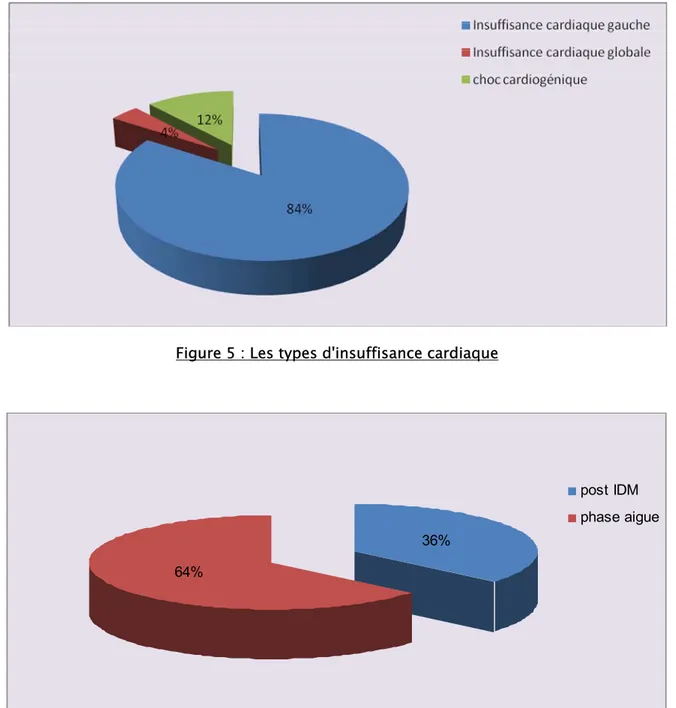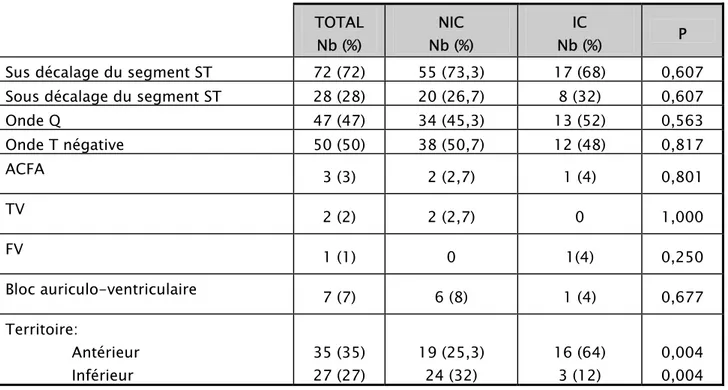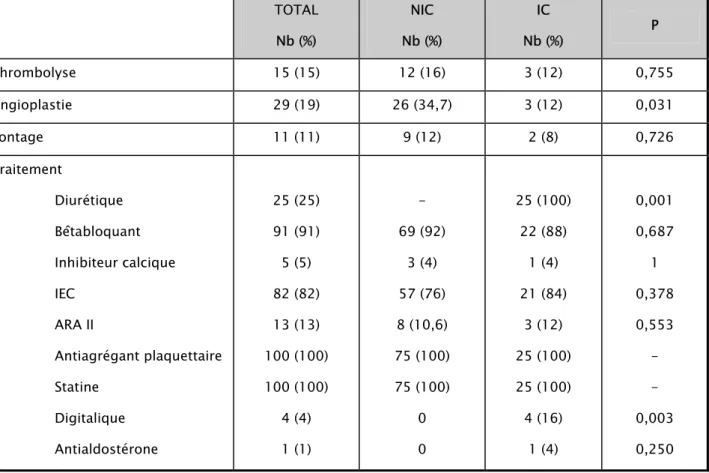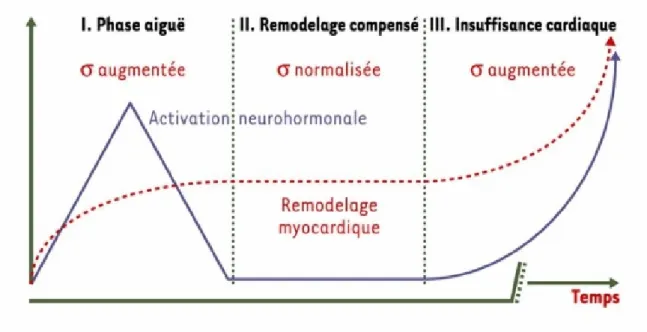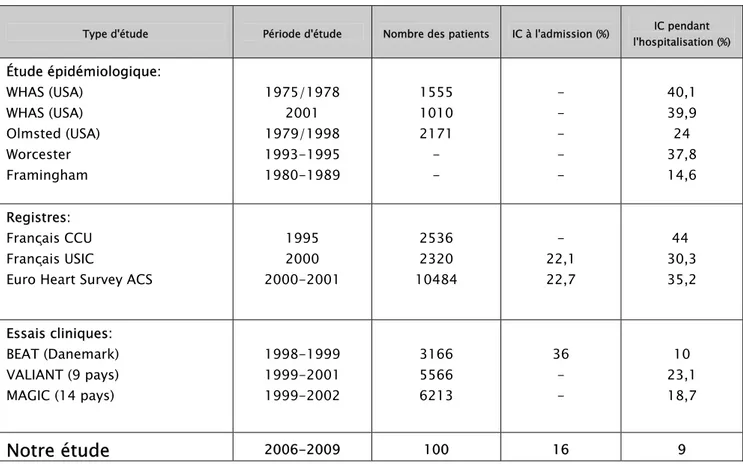Insuffisance cardiaque dans le post infarctus du myocarde
Texte intégral
Figure
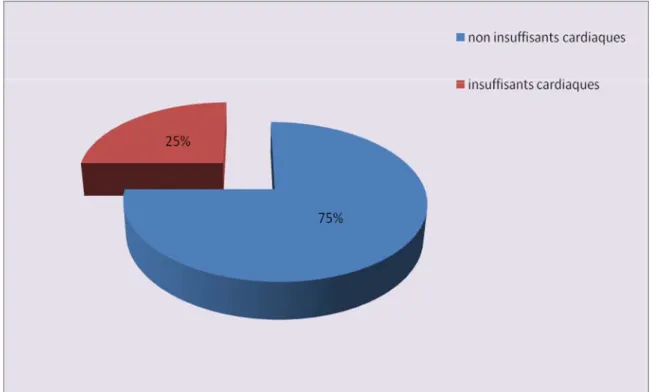
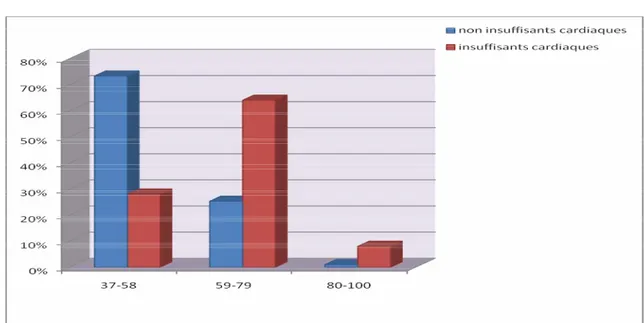
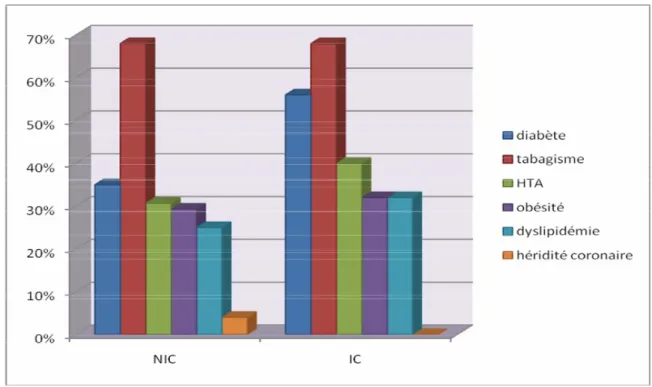
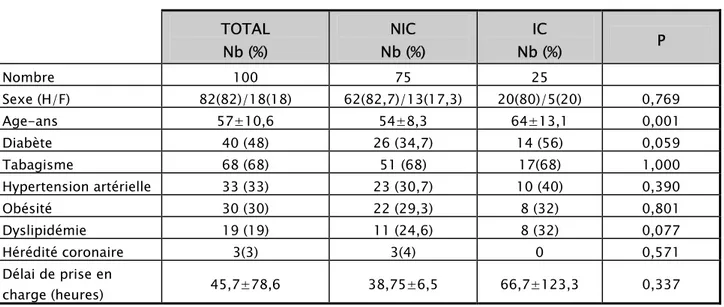
Outline
Documents relatifs
Many water use impact assessment methods use a different spatial resolution, which can furthermore differ from the spatial resolution of the inventory data.. Geographical
Daptomycin plasma concentrations in our ICU patients undergoing CRRT and receiving daptomycin q48 h showed low peak and very low trough concentrations (data not shown) compared
However, the pathophysiological process of coronary artery disease (CAD) in myocardial infarction (MI) is not limited to the culprit vessel and MVD in STEMI patients is
Long-term outcome in early survivors of cardiogenic shock at the acute stage of myocardial infarction: a landmark analysis from the French registry of Acute ST-elevation
Clinical and echocardiographic data at baseline, 6-month, and 12-month followup Variable Age years Men Coronary artery disease NYHA class Congestion LnNTproBNP ng/l Systolic
Changes in Patient Characteristics, Management, and 6-Month Outcomes Over a Period of 20 Years in the FAST-MI Program (French Registry of Acute ST-Elevation or Non-ST-Elevation
Therefore, we undertook the present study to analyze the clinical efficacy of the timing of revascularization and to test the hypothesis that an early invasive strategy is superior to
Bernard SA, Smith K, Finn J, Hein C, Grantham H, Bray JE, Deasy C, Stephenson M, Williams TA, Straney LD et al: Induction of Therapeutic Hypothermia During Out-of-Hospital Cardiac
